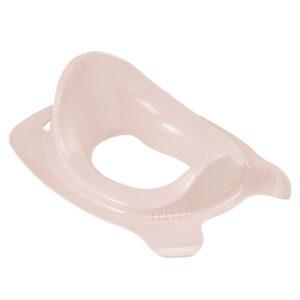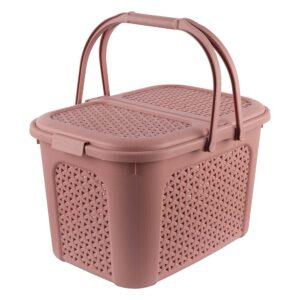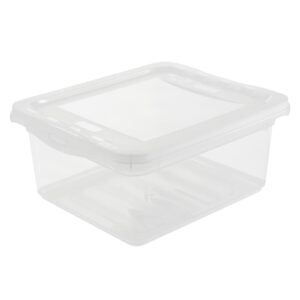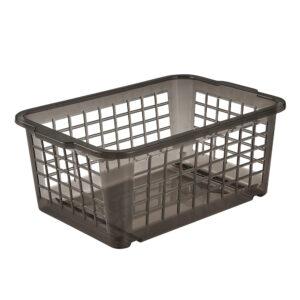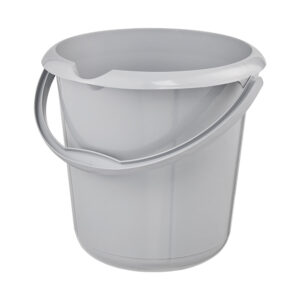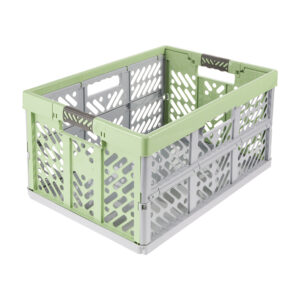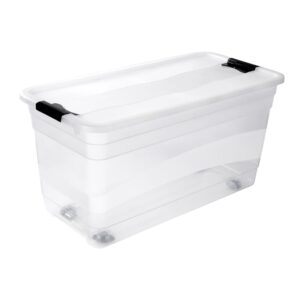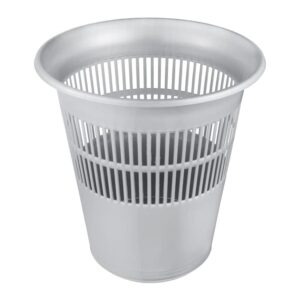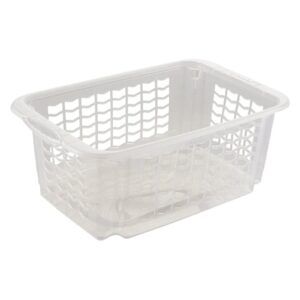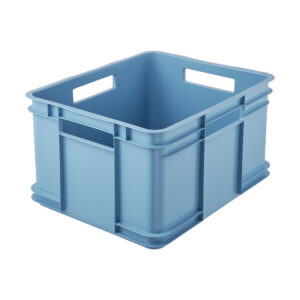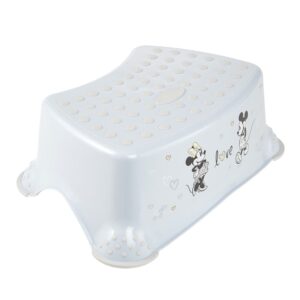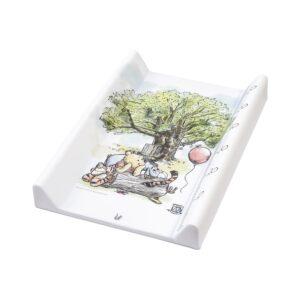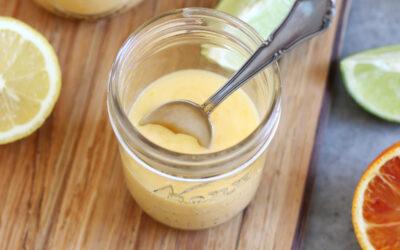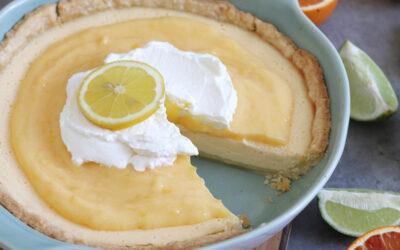a very important topic in the kitchen or in everyday (household) life is the storage of certain foodstuffs that you may not need every day, but which you always have in stock in the house. this includes, for example, flour, pasta, lentils, rice and other dry provisions. however, everything else should also be “stored”, such as drinks or cans.
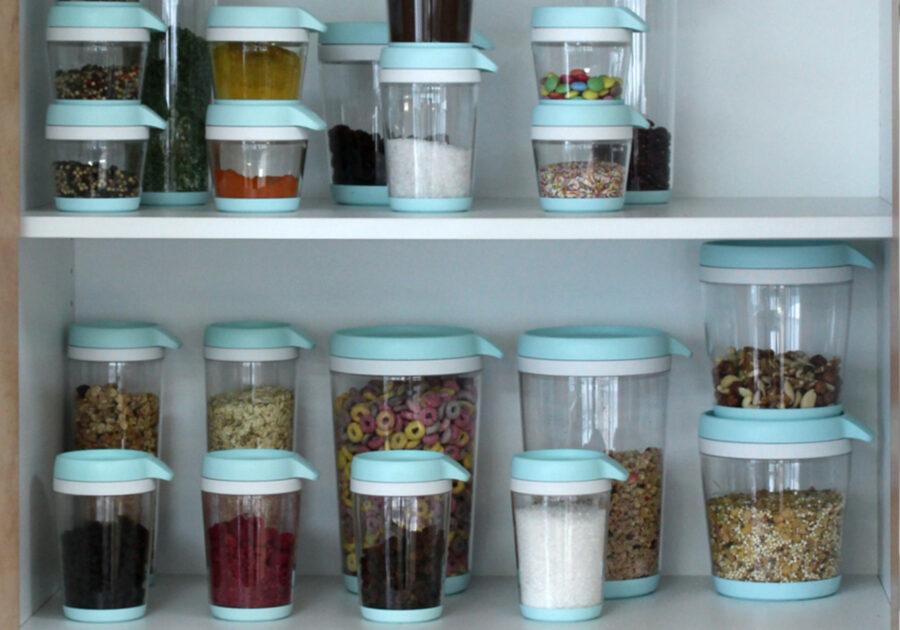
Bulk tins like “bruni” are available in many sizes. The safe stackability of the tins is also practical.
do i need any supplies at all, and if so, which ones and how many?
Here comes the first tip: Adapt your supplies to your available storage space.
If you don’t have much space, for example because you don’t have a storeroom or a small kitchen, then you can’t keep a lot of food. That’s not a bad thing, you can simply organise yourself differently. It’s the easiest way to control your supplies in terms of space. So determine how much stock is really necessary for your needs and then plan the storage space or the organisation system for your supplies. A great advantage of stockpiling is that, especially when shopping, you have the opportunity to buy reduced-price products or larger quantities of a campaign, but always under the aspect that you have the necessary space for it and then everything doesn’t turn into the opposite and you lose track of your supplies. One thing can certainly be said in summary: good stockpiling brings countless advantages (such as saving money and time)!
a very important step before reorganising your supplies: sort them out first!
First, another small hint: when you sort out food, you don’t necessarily have to throw it away, but you can also consciously use it up. But be sure to include them in your meal plan, otherwise they will still be sitting around later. In any case, you can sort out bad buys, i.e. food that you wanted to try but didn’t like. Of course, you should also dispose of food that is no longer edible. Sometimes you will find food that you have bought too often and that you cannot use up quickly. This usually happens because you have lost track of what you have and have bought twice or more than once. Often there are several packages of spices and foods that you don’t even use often – for example, the same spice 5 times or several packages of flour, even though you rarely bake.
With dry stocks, the question arises: decanting or not?
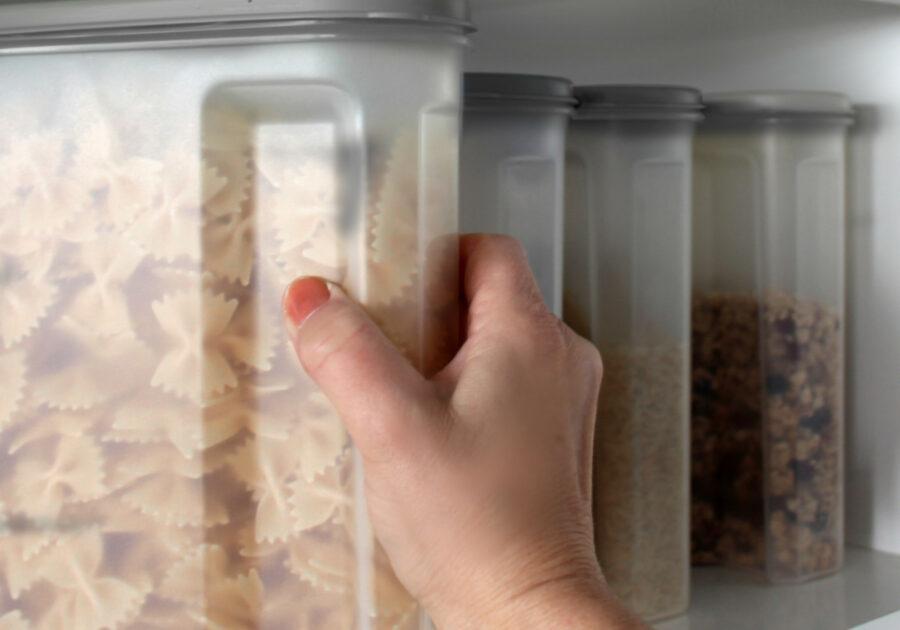
Cereal boxes like “jean” are easy to grab even in large sizes.
here are a few advantages for decanting:
- You can save space because you don’t have to use bulky packaging (e.g. for cereals).
- It is often easier to remove the food than from the original packaging – in addition, many of them can no longer be closed properly.
- with transparent containers (such as the keeeper cereal box “jean“) you can see at a glance what and how much is in it
- by decanting into airtight containers, you can also avoid uninvited guests such as mealworms or food moths. in addition, you can already see when decanting whether you have perhaps already bought the package with vermin infestation – unfortunately, this does not happen so rarely.
which containers are suitable for stockpiling?
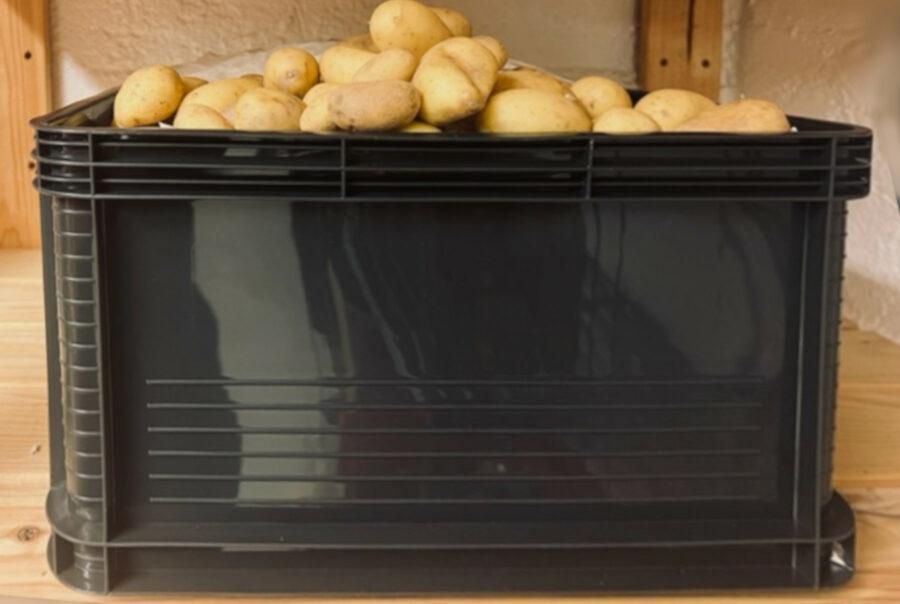
Baskets and boxes from the “robert” series are food-safe and can also be stored with potatoes, onions or apples in a cool, dark place.
for dry provisions, apart from size and shape, it is important that the containers are suitable for food and can be washed out.
I have a little tip for you regarding the size of the cereal tins:
- 1 kg of flour has a volume of 1.4 l and needs a correspondingly large can. This example shows that often the same weight has a different volume.
- Round containers take up more space than square or narrow ones, elongated containers like the keeeper cereal box “jean” are very space-saving and easy to grip. If the shelves are high, it is also a good idea to stack the bulk containers – so make sure they can be stacked as well. In addition, it is always advisable to make the best use of the available space in drawers or shelves.
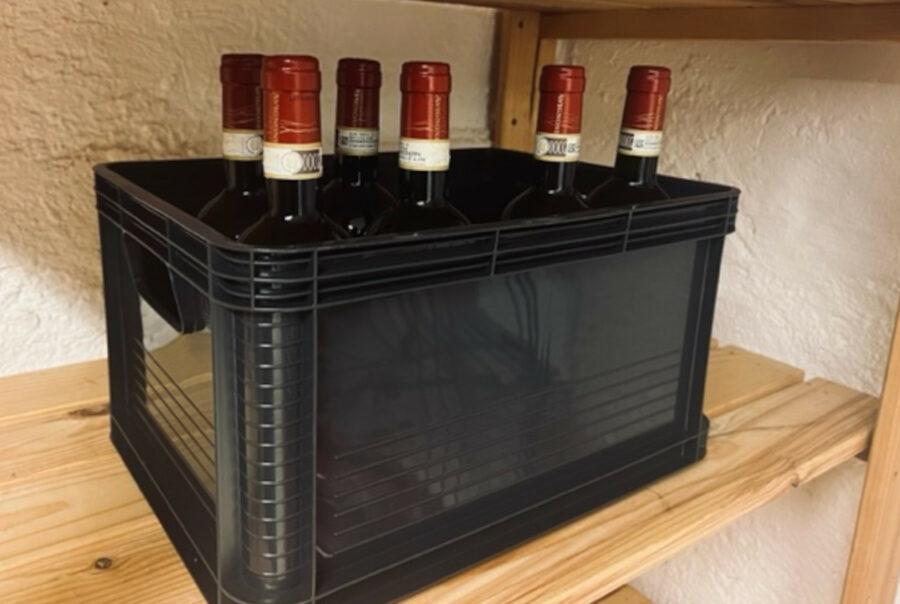
Bottles stand in an open shelf in a confusing way, similar drinks can be grouped together in “robert” boxes.
If you don’t want to decant your supplies, you can use closure clips for opened packages. It is best to categorise your supplies and use one storage box per subcategory, such as the keeeper “robert” transport box or the keeeper “luis” Eurobox. Try not to create a drawer – there is a great danger that small leftovers will disappear in it. Give the things or categories a limit, because this makes it easier to keep things tidy and provides a better overview.
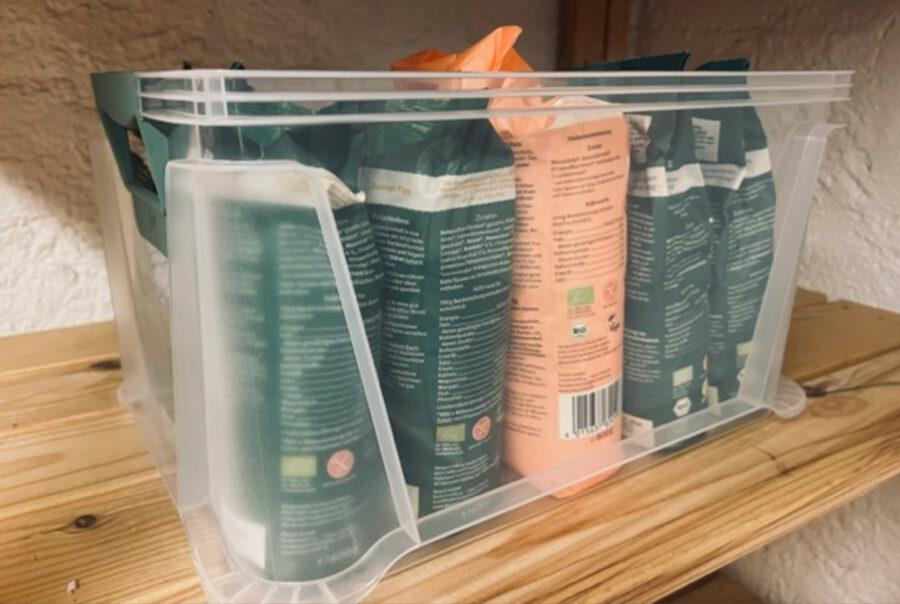
+ For dry provisions in their original packaging or instant soups, etc., transparent storage boxes such as “luis” with or without lids are an ideal form of storage.
With storage boxes and baskets, it is best to make sure that they are not too big and that you do not store too much in them. Otherwise they will become very heavy and no longer easy to remove from the shelf.
labelling is everything!
once all the food or supplies are in their allocated place, it is important to label the containers or boxes accordingly. you can let your creativity run free:
Whether it’s beautiful labels, paper labels or a labelling device … the main thing is that you know what’s where and it’s immediately visible to everyone. It is also an enormous relief after the weekly shopping if the things are immediately put away in the “right” place….
In summary, optimal food storage prevents food waste and can save you a lot of money.

